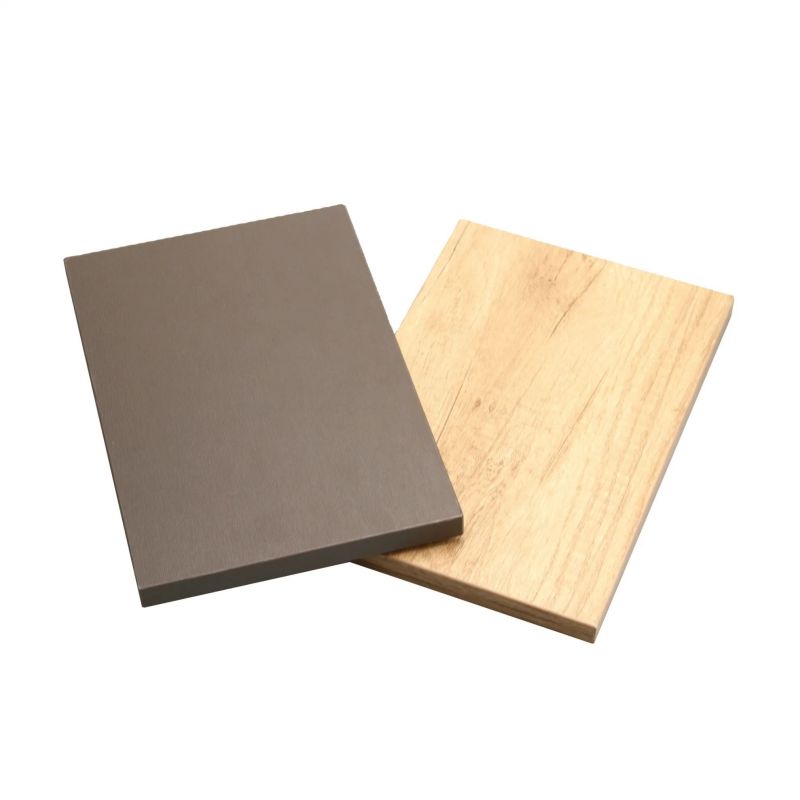Applications of Construction Plywood
2024-06-06
Construction plywood, often simply referred to as plywood in construction contexts, is a versatile building material used for a wide range of structural and non-structural applications in residential, commercial, and industrial construction projects. Here's a comprehensive overview:
Composition and Manufacturing Process
1. Veneer Layers: Construction plywood is made by layering thin sheets of wood veneer, typically peeled from hardwood or softwood logs. These veneers are usually around 1/8 inch thick.
2. Glue Bonding: The veneer layers are bonded together using adhesives. Commonly used adhesives include phenol formaldehyde, urea formaldehyde, and melamine formaldehyde. The bonding process is typically done under heat and pressure to ensure strong adhesion.
3. Cross-Laminated Construction: Plywood is known for its cross-laminated construction, where adjacent layers of veneer are placed at right angles to each other. This cross-grain orientation provides dimensional stability and strength to the plywood panel.
Types of Construction Plywood
1. Structural Plywood: Designed for structural applications, such as subflooring, roof decking, and wall sheathing. It meets specific strength and stiffness requirements and is typically rated for structural use.
2. Exterior Plywood: Suitable for outdoor use, exterior plywood is treated with preservatives and made with waterproof adhesives to withstand moisture and weather exposure. It is commonly used for siding, soffits, and exterior wall sheathing.
3. Interior Plywood: Used for interior applications where moisture resistance is not a concern. It is often used for cabinetry, furniture, and decorative finishes.
4. Marine Plywood: Specifically designed for marine applications, marine plywood is made with waterproof adhesives and high-quality veneers. It is highly resistant to water, making it suitable for boat building and other marine structures.
Properties and Characteristics
1. Strength and Durability: Plywood is known for its high strength-to-weight ratio and durability. It provides excellent structural support and can withstand heavy loads.
2. Dimensional Stability: The cross-laminated construction of plywood minimizes warping, shrinking, and swelling, making it more stable than solid wood.
3. Versatility: Plywood is a versatile material that can be easily cut, shaped, and installed. It is suitable for a wide range of applications in construction and woodworking.
4. Ease of Installation: Plywood panels are lightweight and easy to handle, making them convenient for construction workers to transport, cut, and install.
5. Cost-Effectiveness: Plywood is often more affordable than solid wood and other engineered wood products, making it a cost-effective choice for construction projects.
Applications of Construction Plywood
1. Structural Framing: Plywood is used for framing applications, such as floor joists, wall studs, and roof trusses. It provides structural support and stability to buildings.
2. Sheathing and Subflooring: Plywood is commonly used as sheathing for exterior walls and roofs, as well as subflooring for interior floors. It provides a smooth, flat surface for finishing materials and helps distribute loads evenly.
3. Formwork: Plywood is used as formwork for pouring concrete in construction projects. It creates temporary molds that hold the concrete in place until it sets and hardens.
4. Cabinetry and Furniture: Plywood is a popular material for cabinetry, furniture, and millwork due to its strength, durability, and versatility. It can be used for both structural and decorative purposes.
5. Decorative Finishes: Plywood with decorative veneers or laminates is used for interior finishes such as wall paneling, ceiling tiles, and decorative elements.
Sustainability and Environmental Considerations
1. Certified Products: Look for plywood products certified by organizations such as the Forest Stewardship Council (FSC) or Sustainable Forestry Initiative (SFI) to ensure responsible forest management practices.
2. Recycling and Reuse: Plywood can be recycled or reused in various ways, such as mulching, composting, or using it as fuel for energy generation.
3. Low VOC Options: Choose plywood products with low volatile organic compound (VOC) emissions to minimize indoor air pollution and improve indoor air quality.
Conclusion
Construction plywood is a versatile and essential building material used in a wide range of construction applications. With its strength, durability, and dimensional stability, plywood provides structural support, sheathing, and finishing solutions for residential, commercial, and industrial buildings. By understanding its composition, properties, and applications, builders and contractors can make informed decisions about the use of construction plywood in their projects.



